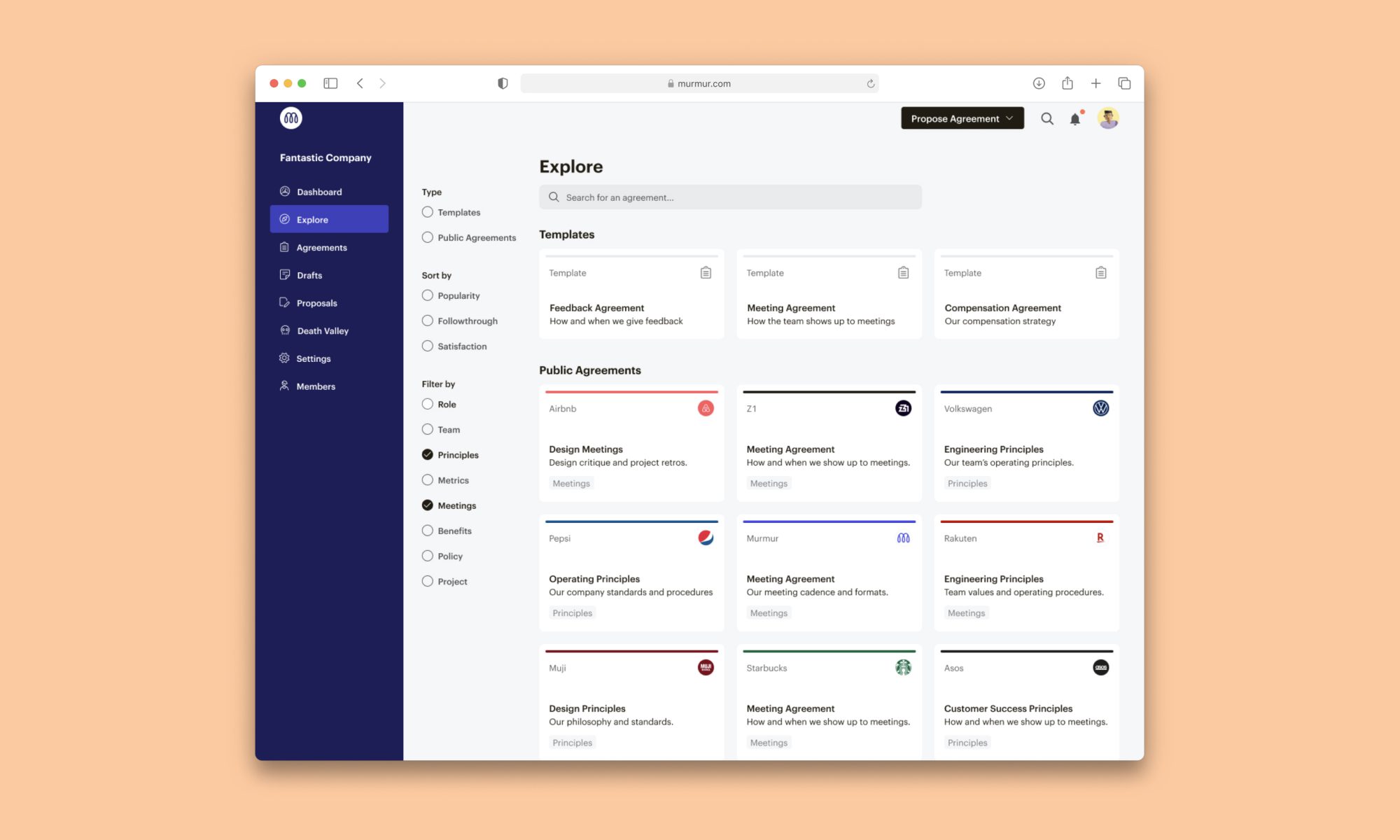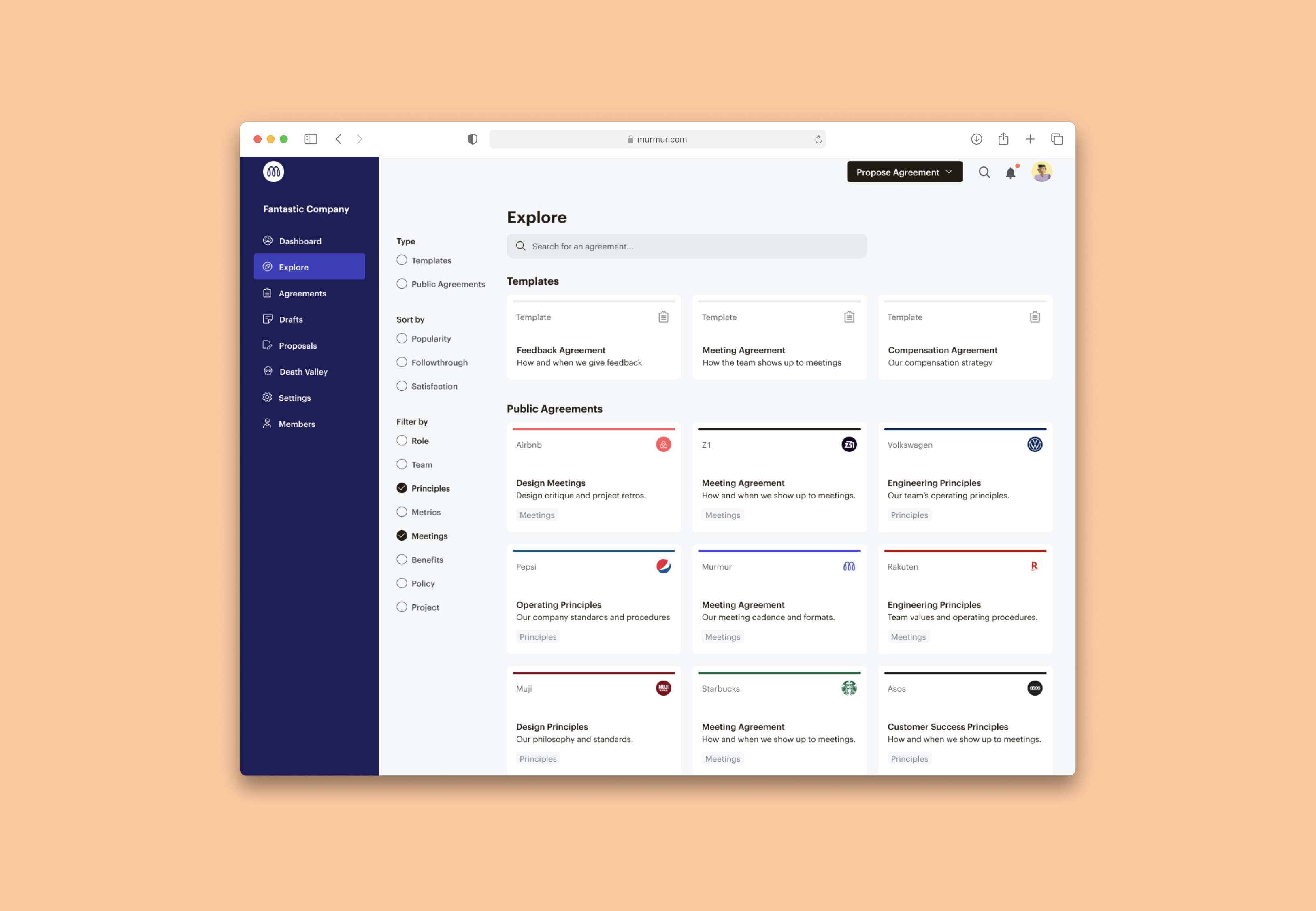A new digital marketplace called West Tenth, now backed by $1.5 million in seed funding, wants to give women a platform to start and grow their home-based businesses. Through its mobile app, women can promote their business to others in the local community, then field inquiries and requests through the app’s integrated messaging platform, as well as finalize transactions through in-app payments.
The startup was co-founded by Lyn Johnson and Sara Sparhawk, who met when they both worked in finance. Johnson remained in finance, but Sparhawk later moved on to work at Amazon.
Johnson explains that her experience led her to better understand the economic inequality of women in the U.S., where they only own 32 cents to every dollar in financial assets than men own. A large driver of this is that women leave the workforce, often to raise children, which results in years where they don’t have earnings.
“We’re really good as a society at supporting women on the way of out of the workforce to care for their kids, but really terrible at supporting them on the way back in,” Johnson says. “Women know this, and as an alternative to employment that just seems to fail them, they’re starting businesses in droves.”

Image Credits: West Tenth
With West Tenth, the goal is to encourage this sort of entrepreneurship — and more broadly, to help women understand that the many of the talents they’ve developed at home are, in fact, potential businesses.
This includes opportunities like home-based bakers and cooks, photographers, home organizers or designers, home florists, baby sleep consultants, party planning and event services, crafting classes, fitness training, homemade goods, and more.
The company notes that the app isn’t necessarily closed to men, but the current market for U.S. home businesses favors women as they’re more often the partner who chooses to leave work to raise children. However, there are some men on its platform.
Though today many of these entrepreneurs market their home businesses on Facebook, they’re missing opportunities to reach customers if they’re not heavily involved in local groups and responding to requests for recommendations. West Tenth instead centralizes local businesses in one place to make discovery easier.
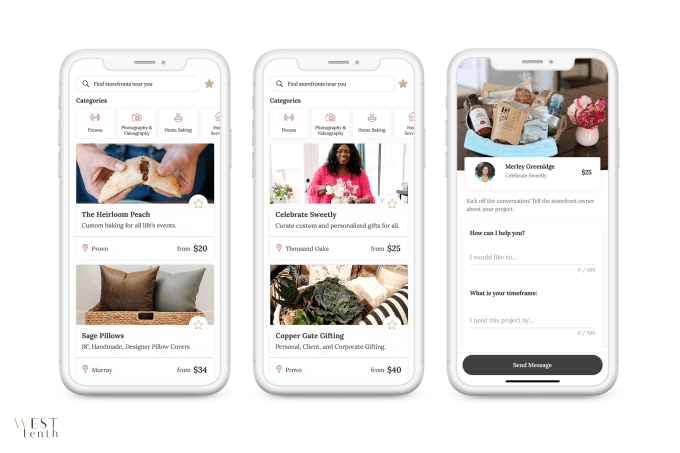
Image Credits: West Tenth
In the app, customers can browse and shop local businesses, filtering by category via buttons at the top of the screen. The results are sorted by distance and offer photos, description, and the starting price for the goods or services offered. Through integrated messaging, users can reach out directly for a quote or more information. Customers can also complete their purchases through the app’s Stripe payments integration. West Tenth takes a 9.5% commission on these sales.
Another key aspect to West Tenth is its education component, The Foundry.
Through a $100 per quarter subscription membership (or $350 per year), business owners will be able to attend bi-monthly events, including classes focused on the fundamentals of setting up home-based businesses, marketing, customer acquisition, and other topics. These classes will also be available à la carte at around $30 apiece, for those who want to pay per session.
In addition, attendees will hear from guest speakers who have experience in the home-based business market, and they’ll be able join mastermind networking groups to exchange ideas with their peers.
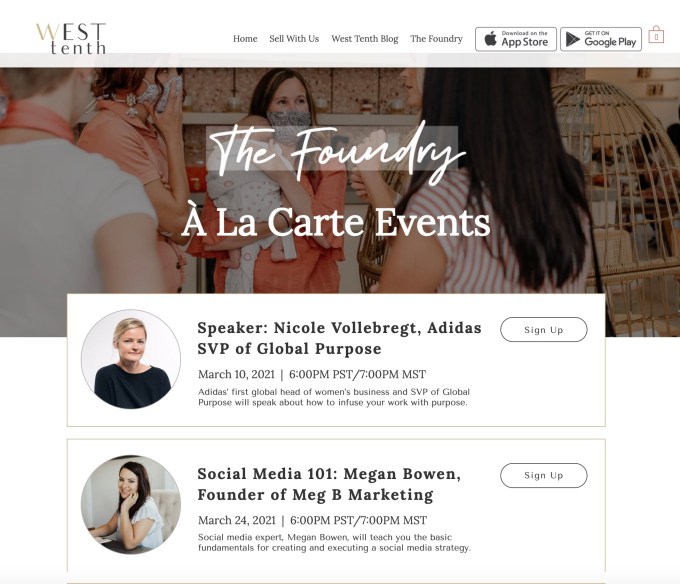
Image Credits: West Tenth
This system of combining education and networking with business ownership could potentially help more women become home-based business entrepreneurs instead of joining multi-level marketing (MLM) companies, as is common.
“When we started this, we recognized that MLMs are one of the few kind of industries that’s focused on this demographic of women who’ve left the workforce — which is a huge, untapped talent pool in the U.S.,” notes Johnson. “But they’re really predatory. Only the top 1% of sellers distributors really make money and the rest lose money. And they lose their social capital, as well. What we’re really interested in doing is becoming an alternative to MLMs in many respects,” she adds.
Not surprisingly, MLMs aren’t allowed on the West Tenth platform.

Image Credits: West Tenth
The startup, which completed Kansas City TechStars last summer, has now raised $1.5 million in seed funding to get its platform off the ground. The round was led by Better Ventures along with Stand Together Ventures Lab, Kapital Partners,The Community Fund, Backstage Capital, Wedbush Ventures, and Gaingels.
The funds will be used to develop the product and grow its user base. In time, West Tenth aims to build out product features to better highlight local businesses. This includes shopping elements that will let you see what friends are buying and video demonstrations, among other things.
Since 2019, West Tenth has grown its footprint from just 20 businesses on the app to now over 600, largely in suburban L.A. and Salt Lake City. It’s now aiming to target growth in Phoenix, Boise, and Northern California.

Image Credits: West Tenth
The timing for West Tenth’s expansion is coming on the tail end of the COVID-19 crisis, where things have only gotten worse for women’s traditional employment.
School and daycare closures combined with job losses that greatly impacted women’s roles have now driven more women out of the workforce compared with men. And according to McKinsey, women accounted for nearly 56% of workforce exits since the start of the pandemic, despite making up just 48% of the workforce. This COVID-driven “shecession,” as some have dubbed it, is also disproportionately impacting women of color, studies have found.
“We’ve seen 5 million women exit the workforce — some because they were laid off or furloughed, and a huge chunk because they’re opting out because the caregiving responsibilities just became overwhelming,” says Johnson.
“The thing is when women leave the workforce for caregiving reasons — for some reason we really discount that and we make it even harder for them to return to work. So I think over the next 18 to 24 months, we’ll see a big surge in economic activity in the home with women trying to bring in additional sources of income by running a business from the home,” she says.
The West Tenth app is available on both iOS and Android.
Early Stage is the premiere ‘how-to’ event for startup entrepreneurs and investors. You’ll hear first-hand how some of the most successful founders and VCs build their businesses, raise money and manage their portfolios. We’ll cover every aspect of company-building: Fundraising, recruiting, sales, legal, PR, marketing and brand building. Each session also has audience participation built-in – there’s ample time included in each for audience questions and discussion.
( function() {
var func = function() {
var iframe = document.getElementById(‘wpcom-iframe-dde292b93a5f3017145419dd51bb9fce’)
if ( iframe ) {
iframe.onload = function() {
iframe.contentWindow.postMessage( {
‘msg_type’: ‘poll_size’,
‘frame_id’: ‘wpcom-iframe-dde292b93a5f3017145419dd51bb9fce’
}, “https://tcprotectedembed.com” );
}
}
// Autosize iframe
var funcSizeResponse = function( e ) {
var origin = document.createElement( ‘a’ );
origin.href = e.origin;
// Verify message origin
if ( ‘tcprotectedembed.com’ !== origin.host )
return;
// Verify message is in a format we expect
if ( ‘object’ !== typeof e.data || undefined === e.data.msg_type )
return;
switch ( e.data.msg_type ) {
case ‘poll_size:response’:
var iframe = document.getElementById( e.data._request.frame_id );
if ( iframe && ” === iframe.width )
iframe.width = ‘100%’;
if ( iframe && ” === iframe.height )
iframe.height = parseInt( e.data.height );
return;
default:
return;
}
}
if ( ‘function’ === typeof window.addEventListener ) {
window.addEventListener( ‘message’, funcSizeResponse, false );
} else if ( ‘function’ === typeof window.attachEvent ) {
window.attachEvent( ‘onmessage’, funcSizeResponse );
}
}
if (document.readyState === ‘complete’) { func.apply(); /* compat for infinite scroll */ }
else if ( document.addEventListener ) { document.addEventListener( ‘DOMContentLoaded’, func, false ); }
else if ( document.attachEvent ) { document.attachEvent( ‘onreadystatechange’, func ); }
} )();

Source: Tech Crunch














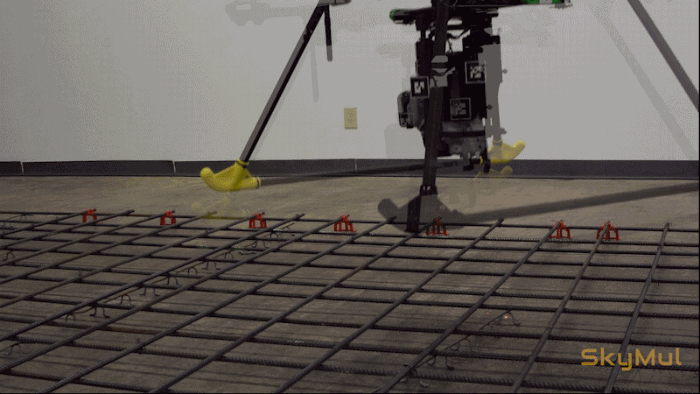
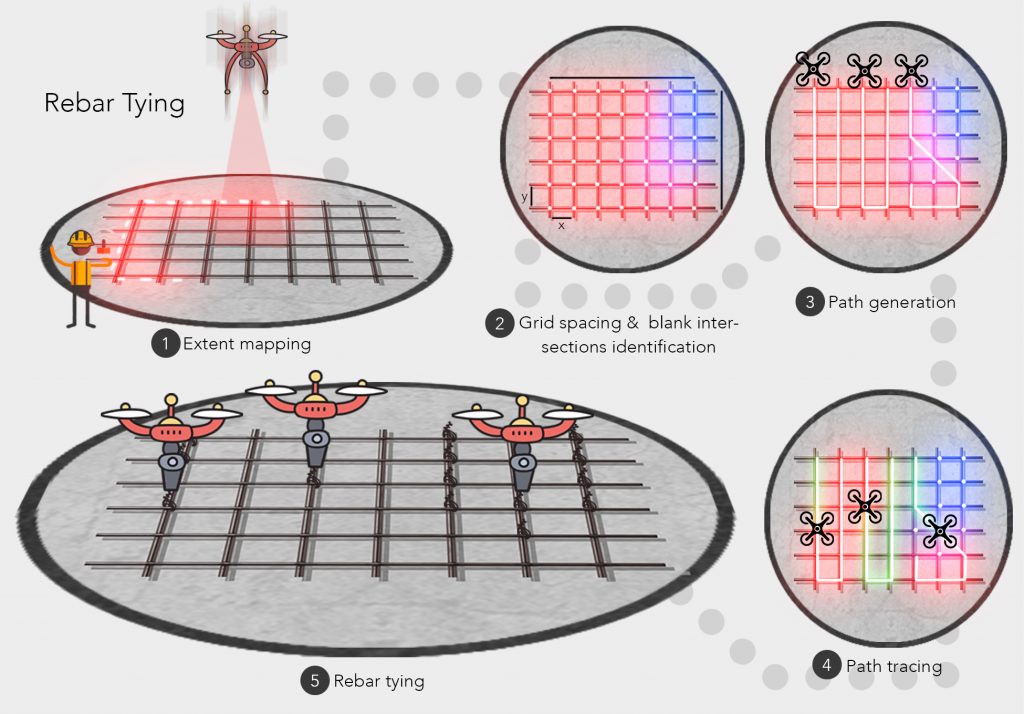

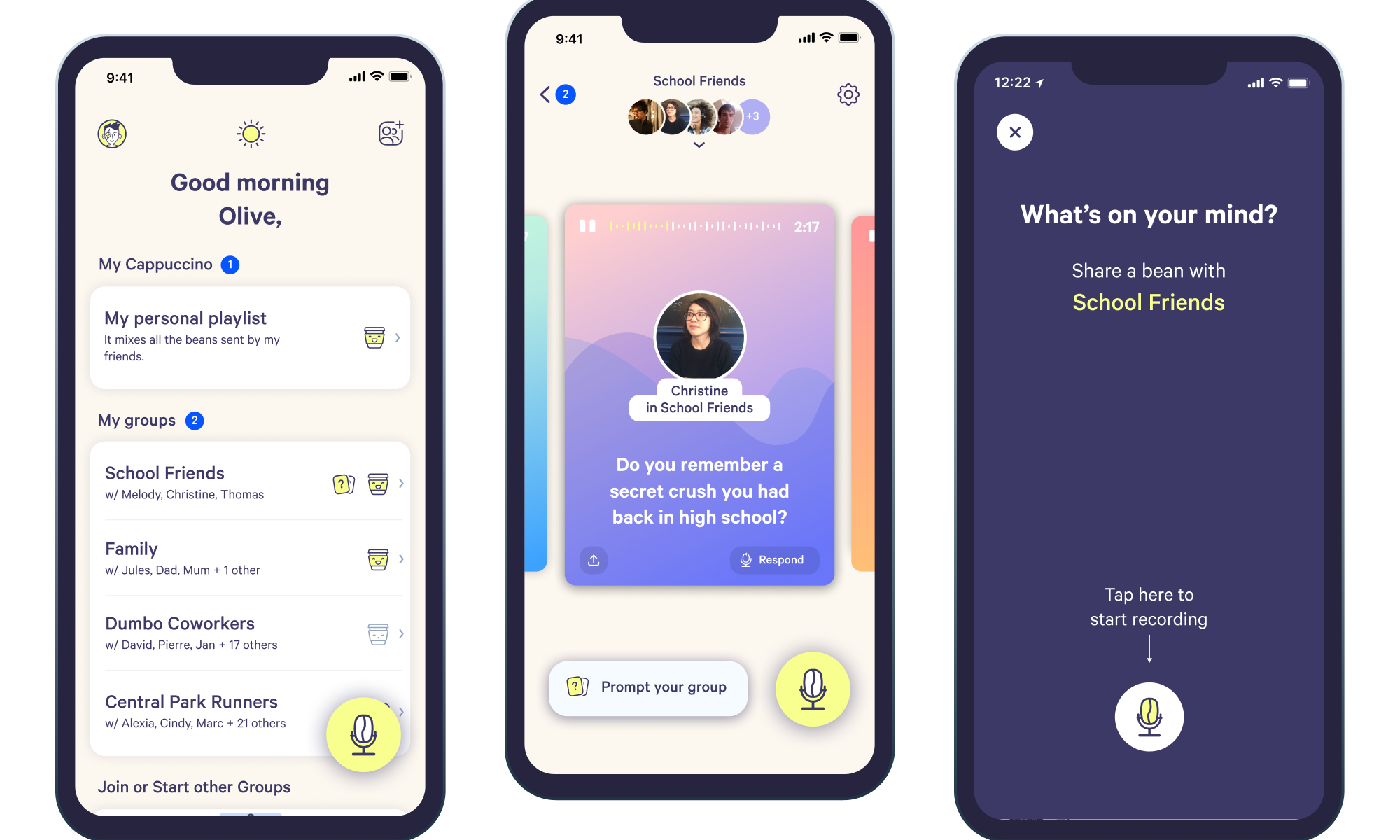
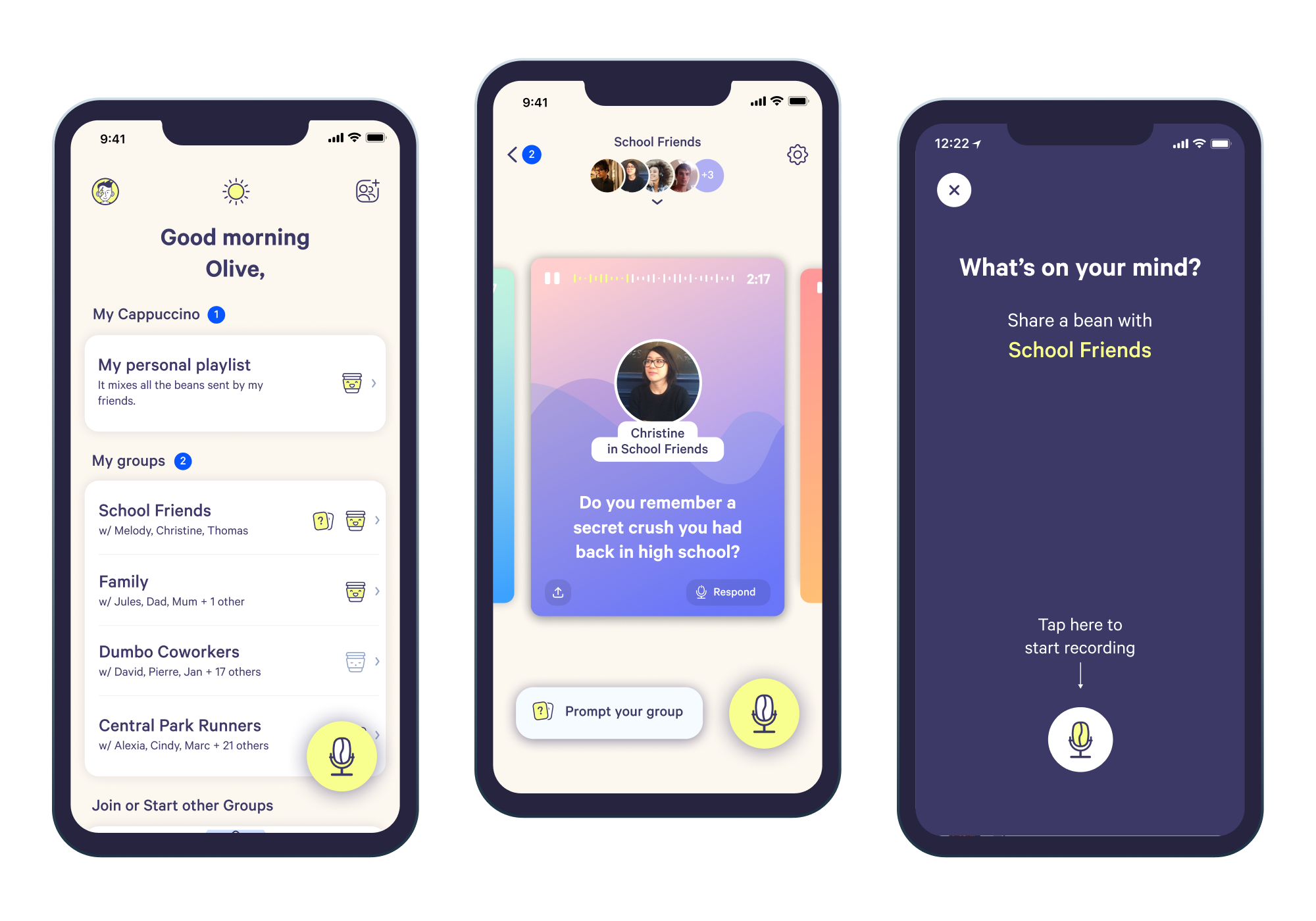


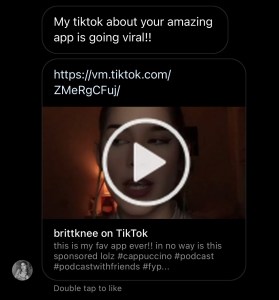

 (@ameliaesque)
(@ameliaesque) 